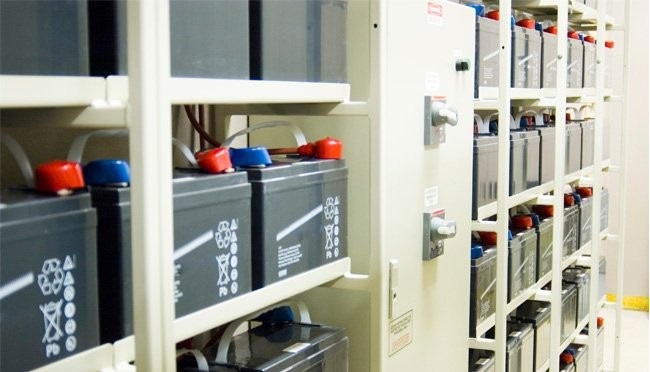The capacity of lead-acid batteries, which refers to the amount of electrical energy they can store and deliver, is influenced by several factors.
- Plate Design: The design and construction of the battery’s lead plates play a crucial role in determining its capacity. Factors such as plate thickness, surface area, and active material composition affect the amount of energy that can be stored and released during discharge.
- Electrolyte Concentration: The concentration of sulfuric acid in the electrolyte directly impacts the battery’s capacity. Higher acid concentration allows for greater ion mobility and higher energy storage capacity.
- Temperature: Temperature has a significant effect on battery capacity. Lead-acid batteries generally perform best at moderate temperatures. High temperatures can increase self-discharge and accelerate the rate of chemical reactions, while low temperatures can reduce ion mobility and decrease capacity.
- Discharge Rate: The rate at which a battery is discharged affects its capacity. Lead-acid batteries typically have lower effective capacity when discharged at high rates compared to lower discharge rates.
- Depth of Discharge: The depth to which a lead-acid battery is discharged also influences its capacity. Repeated deep discharges can lead to capacity degradation over time, reducing the overall usable capacity of the battery.
- State of Charge: The state of charge (SOC) of the battery, or the amount of energy remaining in the battery compared to its fully charged capacity, affects its available capacity. Batteries discharged to lower SOC levels may have reduced effective capacity compared to batteries discharged to higher SOC levels.
- Age and Usage History: The age of the battery and its usage history can impact its capacity. Over time, factors such as sulfation, plate corrosion, and electrolyte depletion can lead to capacity loss.
- Sulfation: Sulfation occurs when lead sulfate crystals accumulate on the battery plates during discharge and are not fully converted back into active material during charging. Severe sulfation can reduce the effective surface area of the plates, limiting the battery’s capacity.
- Overcharging: Overcharging can cause excessive heat buildup and electrolyte loss, leading to capacity degradation over time. It can also promote water loss and plate corrosion, further reducing capacity.
- Plate Degradation: Physical degradation of the battery plates, such as shedding of active material or corrosion, can reduce the effective surface area available for electrochemical reactions, thereby lowering capacity.
Understanding these factors is essential for optimizing the performance and lifespan of lead-acid batteries and ensuring they meet the requirements of specific applications.


